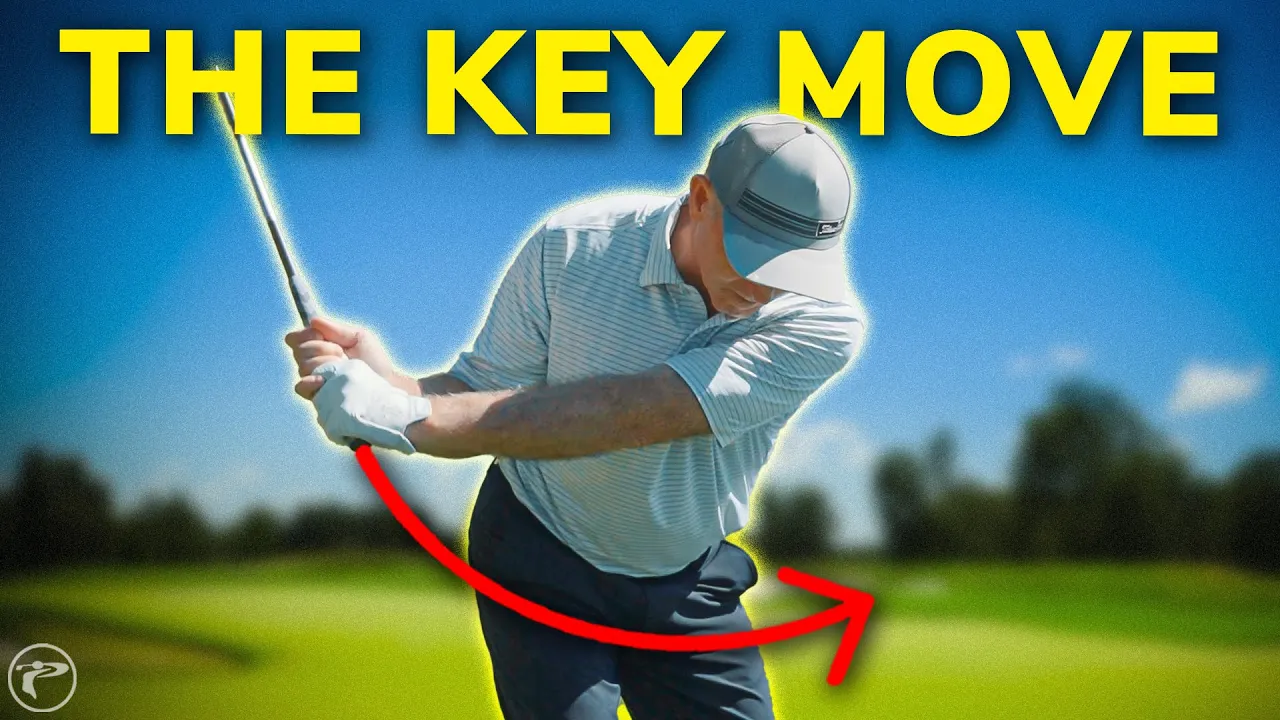
Transform your golf swing with achievable hacks! Struggling with that troublesome over-the-top swing leading to weak slices? Discover simple drills and actionable tips to perfect your slot position in the downswing and elevate your game.
Table of Contents
- Understanding the Over-the-Top Swing
- Driving the Handle Through Impact
- Rehearsing the Correct Angle
- Improving Your Swing Mechanics
- Continuing the Practice Routine
- Joining the Full Swing Master Class
Understanding the Over-the-Top Swing
The over-the-top swing is a common stumbling block for many golfers, causing slices and inconsistent shots. This occurs when the club strays outside the ideal path during the downswing, leading to a steep attack angle. Recognizing and adjusting this movement is crucial to correction.
When you swing over the top, your hands and club head often descend too steeply, misaligning with your target line. Consequently, this results in poor ball strikes and those frustrating slices. To counter this, concentrate on your swing path and positioning throughout your swing.
Imagining the Air Bubble
Visualize an invisible air bubble around your hands as you swing. This serves as a guide, helping you understand how to keep your hands close to your body during the downswing. Aim to keep your hands inside this bubble to maintain a neutral swing path.
Practice this technique by focusing on hand proximity to your body, avoiding the common mistake of letting your hands drift away, which leads to an over-the-top movement.
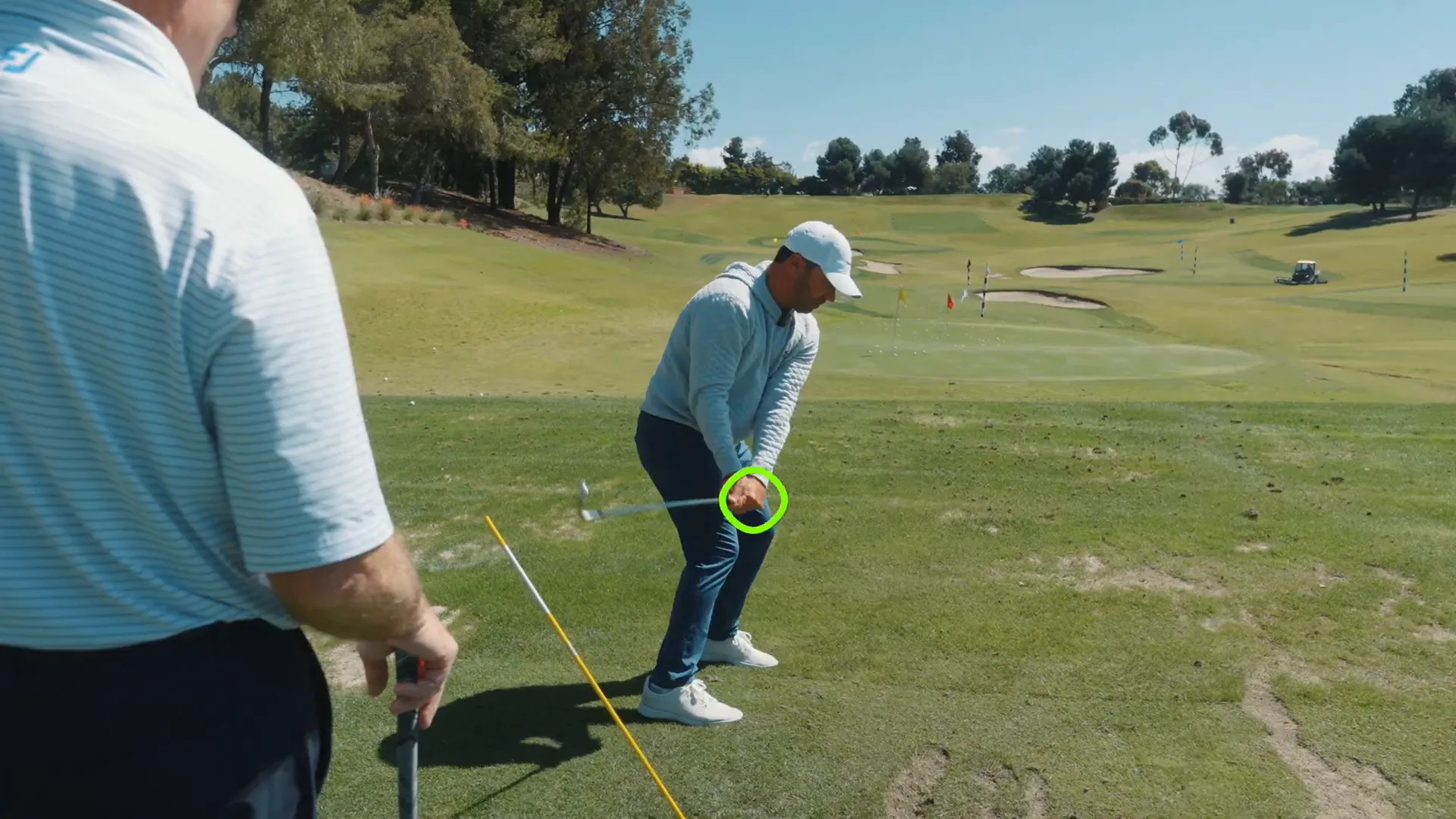
The Importance of the Slot Position
The slot position is vital for an effective downswing. Here, your hands and club align ideally as you start your descent, positioning your club on a line with your target for a powerful strike.
Find your slot position by ensuring your hands return above your right shoe during the swing down. This alignment enhances your swing path, accuracy, and power.
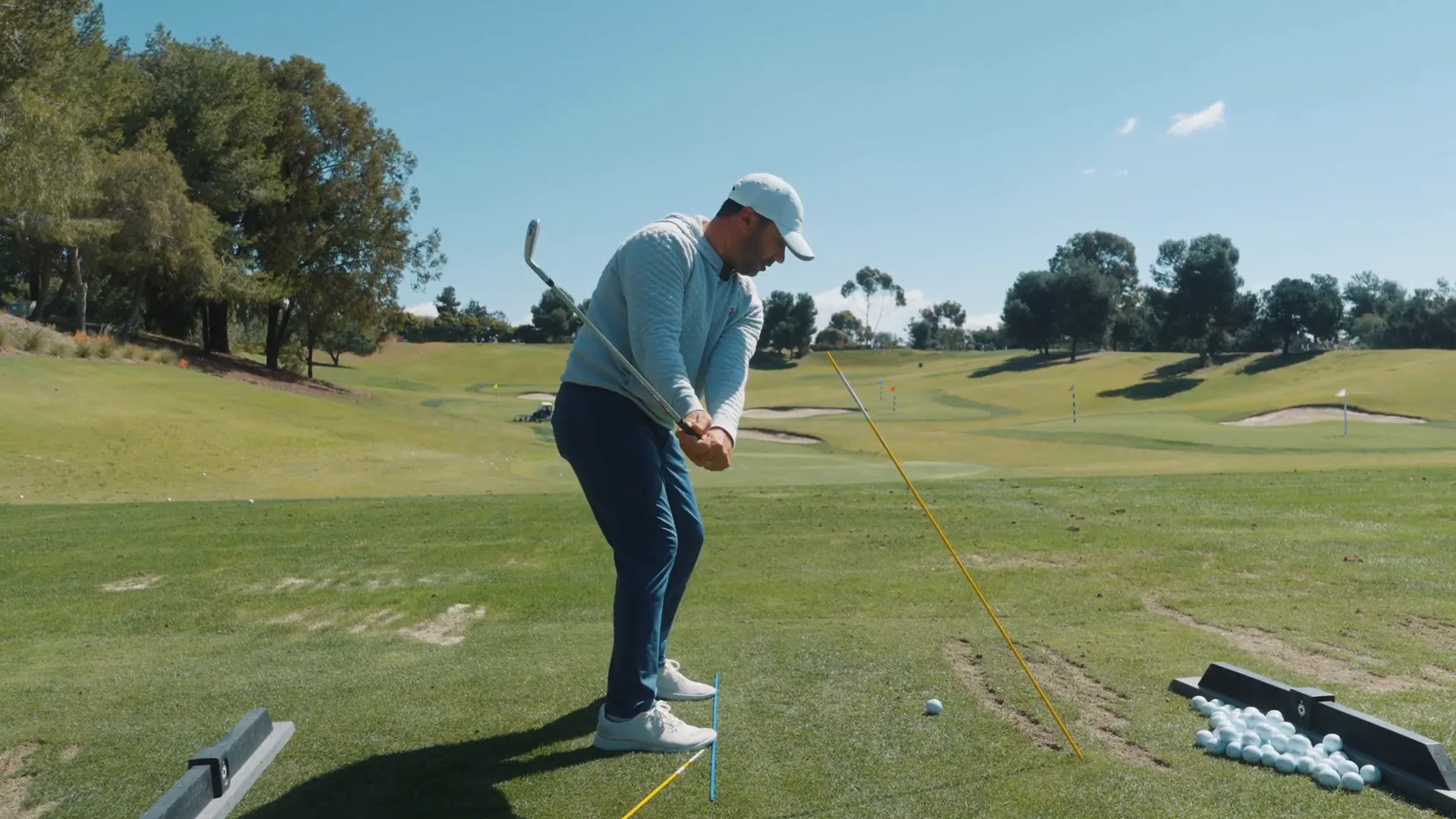
Rehearsing the Pump Drill
The pump drill is effective for improving swing transitions, focusing on correct hand positioning before impact. Start in your stance, then pump the club down to your right pocket several times before your swing, reinforcing proper hand movement and the slot position.
As you practice, feel your hands descending and moving under the club, with your elbow near your side. This smooth transition is key to consistent ball striking.
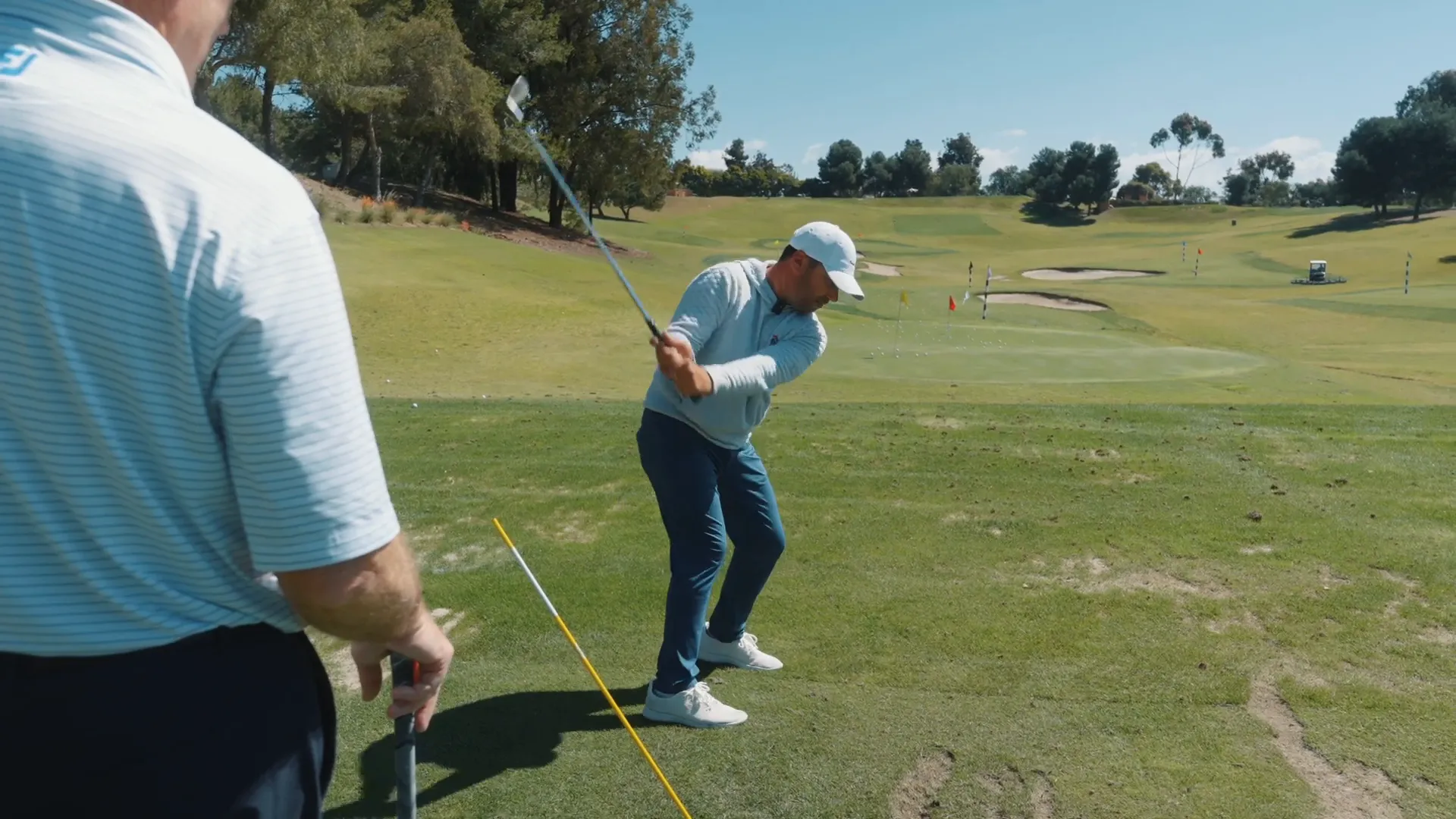
The Transition Move Explained
The transition move is pivotal for maintaining a good path during a swing, where you shift from backswing to downswing. A smooth transition offers better timing and control. Focus on keeping the handle moving through impact for a solid strike.
During this move, direct your hands down towards the ball, keeping your elbow close. This helps prevent the over-the-top swing, promoting a more effective swing path.
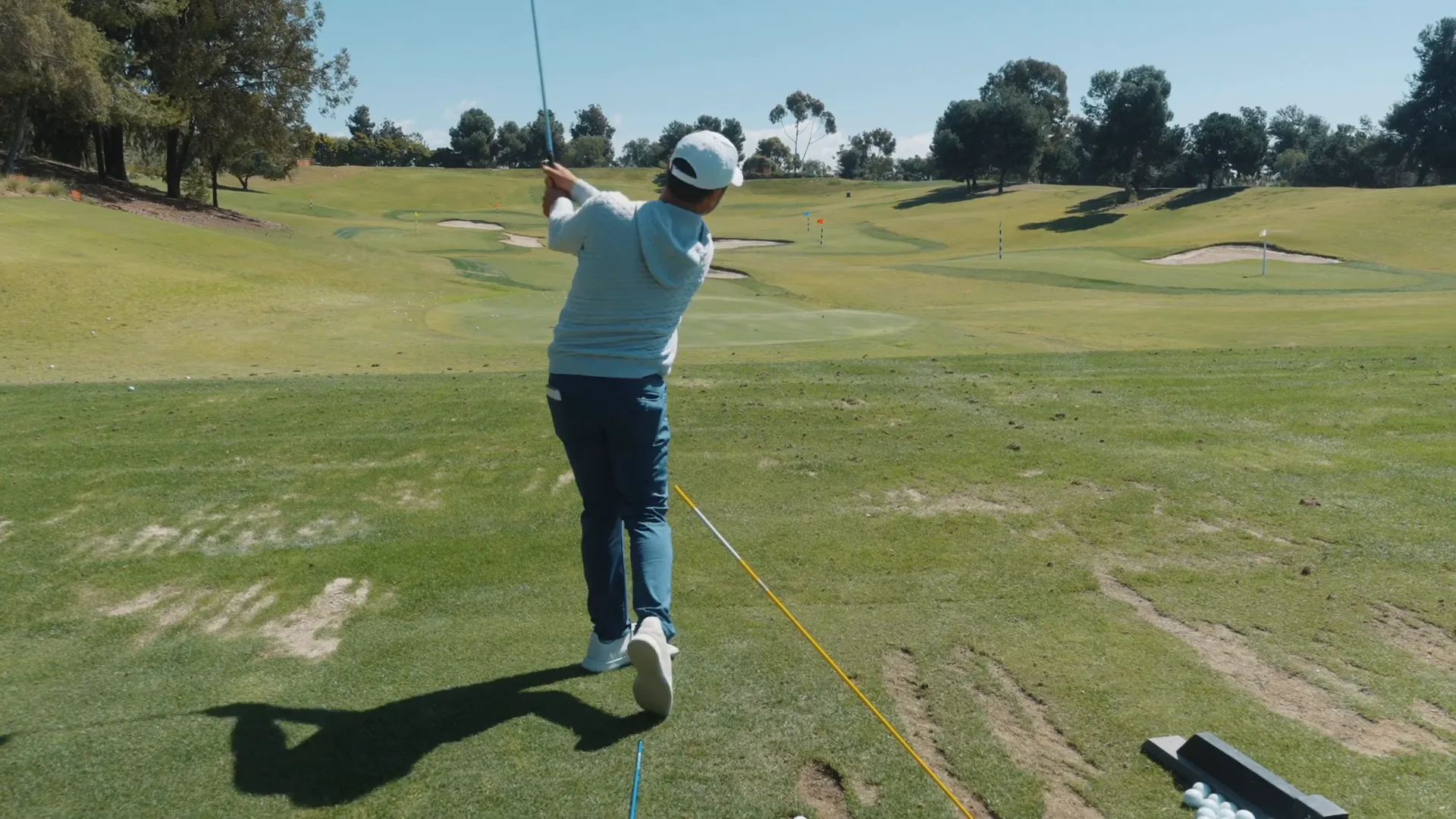
Incorporate these concepts into your practice routine to significantly improve your swing mechanics and eliminate over-the-top issues with visualization, mastering the slot position, and utilizing drills for reinforcement.
Driving the Handle Through Impact
Driving the handle through impact is crucial for a robust golf swing, ensuring solid and consistent ball contact. The handle’s forward movement improves the club’s angle on the ball, enhancing distance and accuracy.
Approach the ball visualizing your hands pushing forward, driving through the impact zone. This focus helps keep the club path correct, avoiding the over-the-top swing. Prioritize the handle’s movement over just swinging the clubhead.
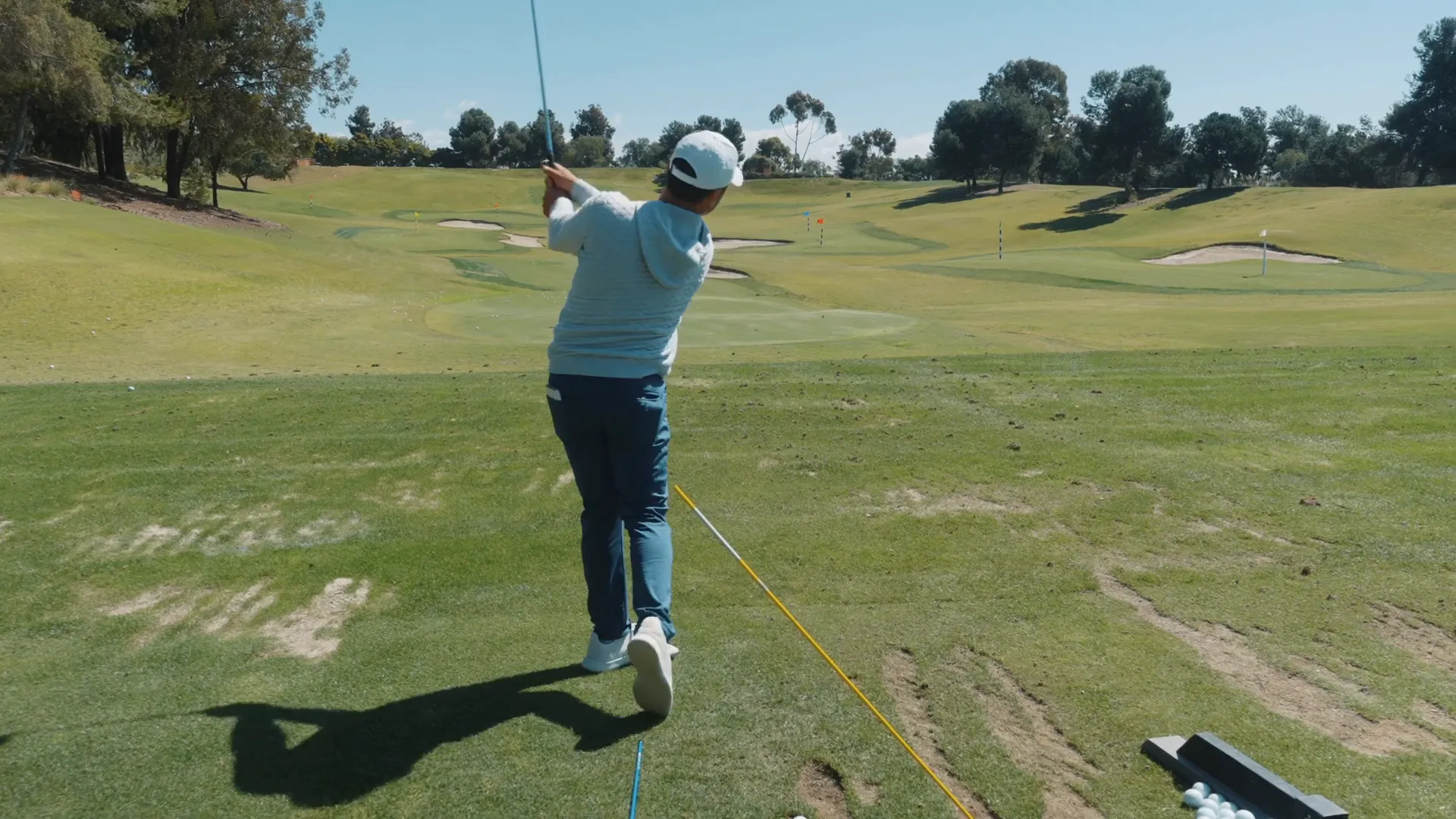
Key Points to Remember:
- Focus on maintaining the handle’s motion through impact.
- Visualize your hands pushing forward as you strike the ball.
- Avoid letting the clubhead dominate the swing; prioritize the handle’s movement.
Rehearsing the Correct Angle
Rehearsing the correct swing angle is essential for shot trajectory and accuracy. Practicing this angle trains your body to achieve proper positioning.
Set up in front of a mirror or record your swings to monitor hand positioning and club angle as it descends towards the ball, making necessary adjustments.
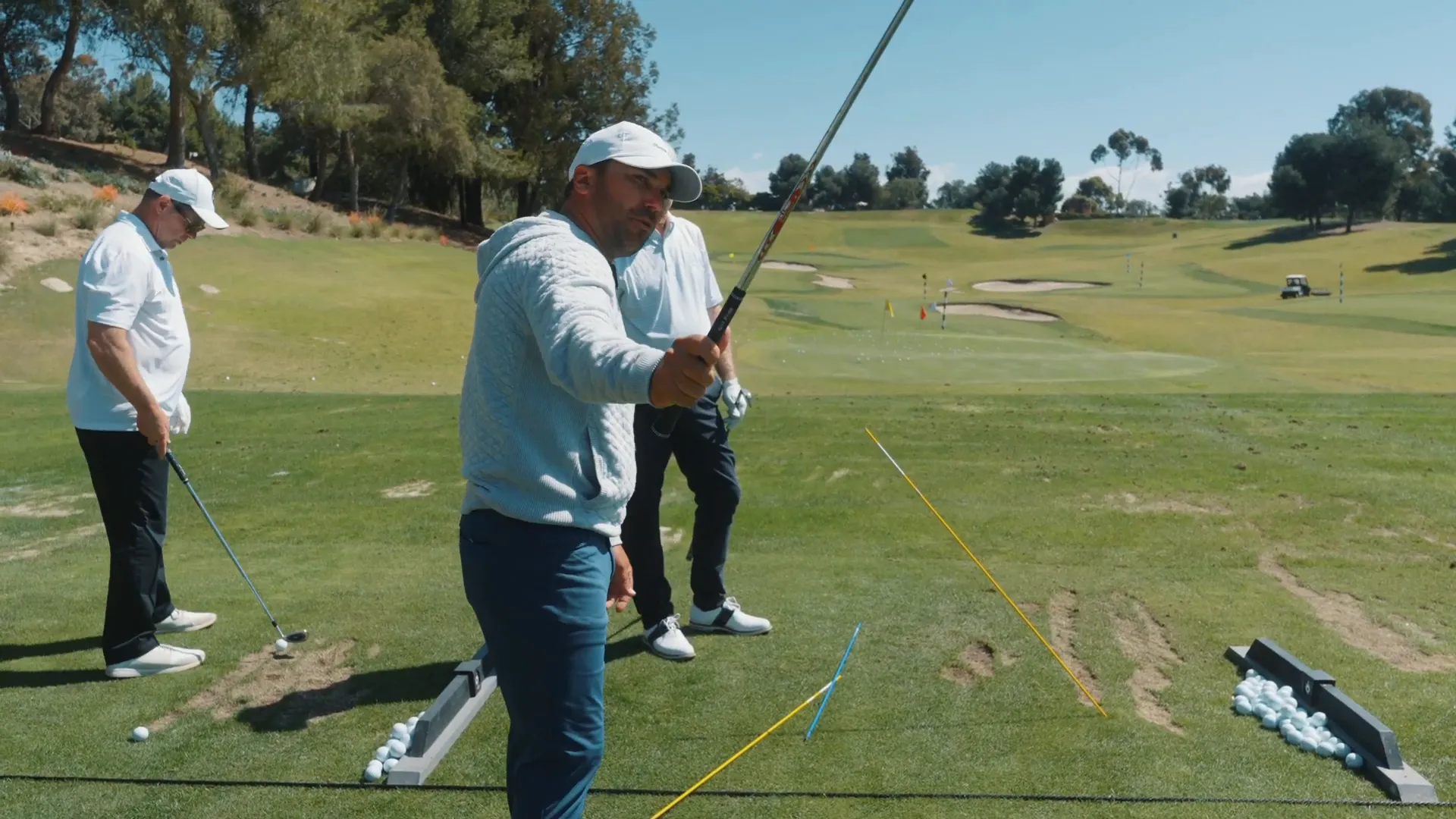
Drills to Improve Your Angle:
- Mirror Drill: Use a mirror to visualize correct hand position and angle.
- Slow-motion Swings: Focus on angle control with slow-motion swings.
- Video Analysis: Record and analyze hand and club descent angle.
Improving Your Swing Mechanics
Enhance swing mechanics by focusing on grip, stance, and follow-through. These elements ensure an effective swing.
Start with your grip for club control, followed by a balanced stance with feet shoulder-width apart, and end with a smooth follow-through.
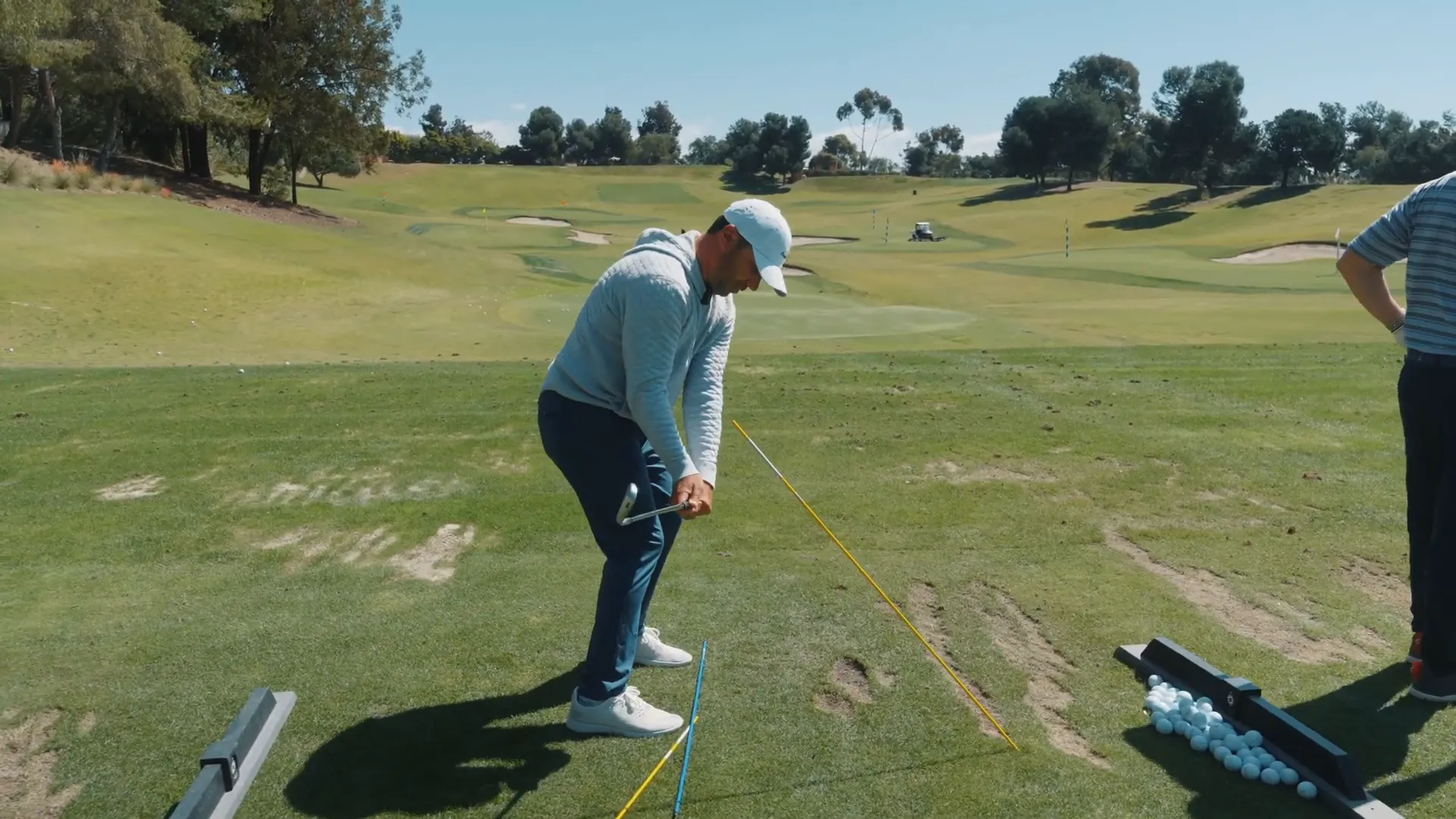
Steps to Refine Your Mechanics:
- Check your grip; make sure it’s neither too tight nor too loose.
- Align your feet and ensure a balanced stance.
- Concentrate on a smooth follow-through to complete your swing.
Continuing the Practice Routine
Consistency is crucial in golf. Commit to a regular practice routine, incorporating all learned drills and techniques, focusing on areas needing the most improvement.
Set aside specific times for practice, aiming for quality over quantity, and focus on one swing aspect per session for meaningful progress.
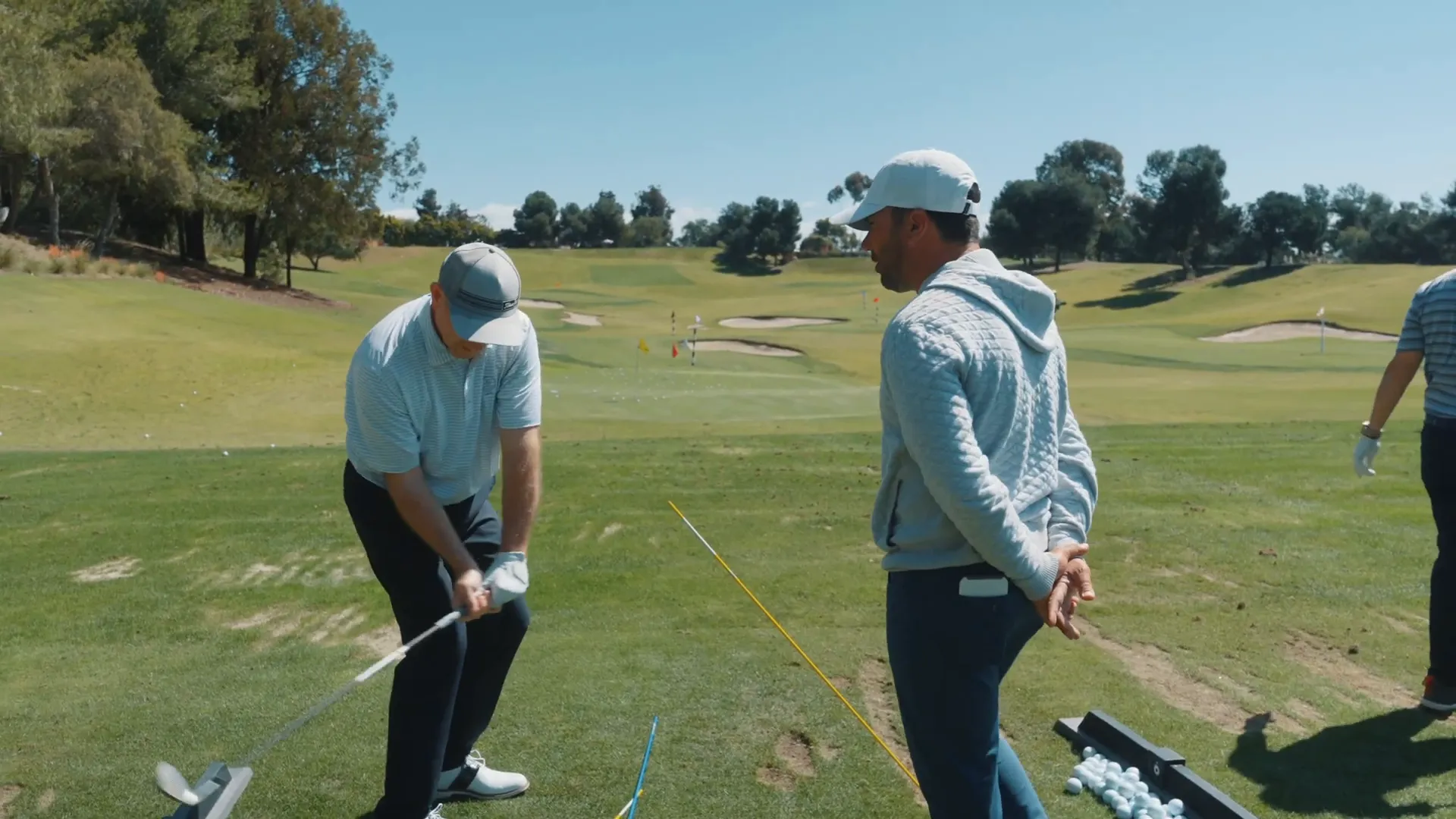
Practice Tips:
- Schedule Regular Sessions: Consistency will lead to improvement.
- Focus on Specific Drills: Work on one aspect of your swing each session.
- Track Your Progress: Keep a journal of your practice sessions to identify areas of improvement.
Joining the Full Swing Master Class
For serious golf enhancement, consider joining the Full Swing Master Class. This comprehensive program guides you step-by-step through understanding and improving your swing elements.
Learn from experienced instructors who provide personalized feedback and tips tailored to your needs, enhancing swing mechanics and consistency.

Benefits of the Full Swing Master Class:
- Structured learning environment with expert guidance.
- Personalized feedback to address your unique challenges.
- Access to a community of golfers dedicated to improvement.

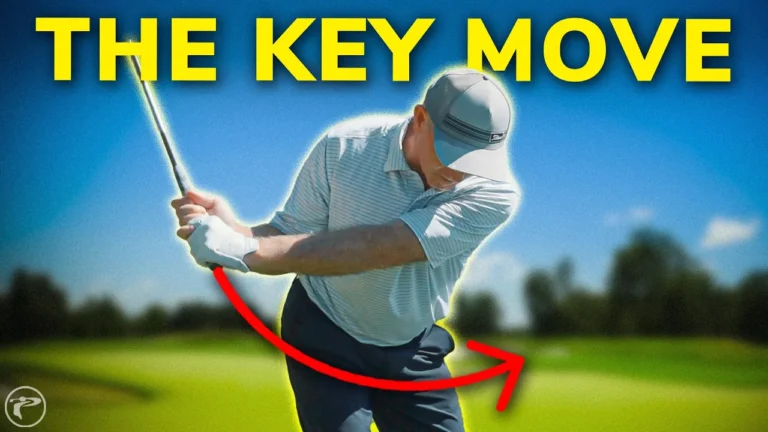
0 Comments